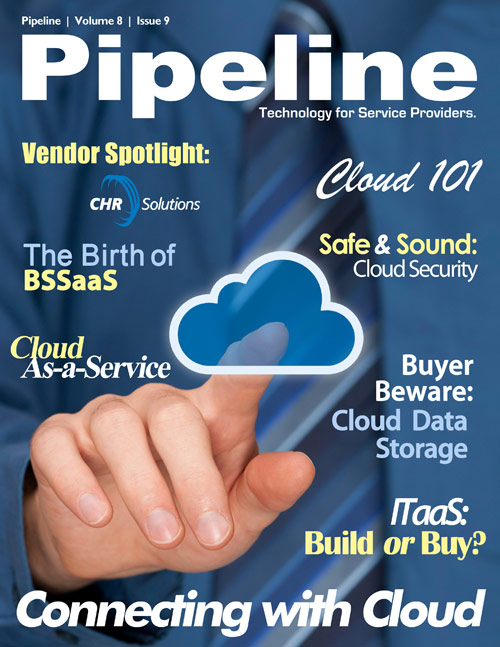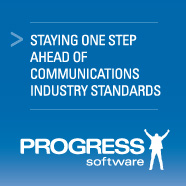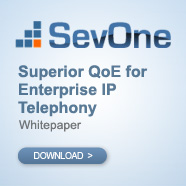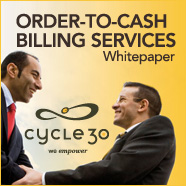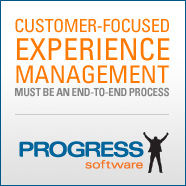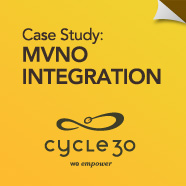How Carriers are Moving into the Cloud
We see several strategies among carriers for moving into the cloud. From an infrastructure-as-a-service (IaaS) perspective, there are examples of organic strategies, building a cloud computing offering in-house, like we see from TATA Communications. Other CSPs, like Verizon and CenturyLink, have taken a different approach and acquired cloud computing companies in order to quickly get to the front of the pack. In several other cases, carriers are transitioning hosted services to cloud services, or converging managed services with the cloud's virtual infrastructure. "Many cloud solutions from CSPs for business customers are part of a managed services offer where they provide cloud services along with data lines (T1 lines) into their location, and varying set of IT data center services to support the infrastructure of the cloud, such as security," noted Sanjay Kumar, vice president of communications and media at Progress Software.
Brian Kracik, director communications industry at Oracle, explained how CSPs have moved into the cloud. "CSPs have generally started with compute services and many of the CSPs are investing in datacenter infrastructure," he said. "The IaaS space is quickly being commoditized, and we see that CSPs are moving to differentiate themselves by exploiting their largest asset, the network."
In the software-as-a-service (SaaS) category, it's all about partnerships, says Nava Levy, vice president, SaaS/Cloud Solutions, cVidya. "To provide SaaS apps, CSPs are often leveraging partnerships. For example, Mozy for back up as a service (CSPs): China Telecom, Vodafone, Cox; Microsoft employee productivity apps with UPC: Vodafone, Telstra and O2." Partnerships allow CSPs to accelerate time-to-market, and play in areas where they might not have sufficient expertise, such as the IT domain. "Some of the CSPs have selected cloud apps aggregators/brokers such as Jamcracker (Telstra, TELUS), Parallels (Charter, Telekom Austria, Telekom Malysia) and AppDirect (BellCanda) so that they can deliver quickly a one stop shop for enterprise software for SMBs," explained Levy.
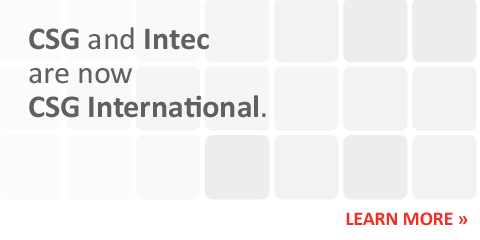

Platform-as-a-service (PaaS) is the least mature category, as far as offerings from CSPs. In most cases, CSPs are leveraging third-party resources to offer a PaaS solution, like AT&T and OpenStack. John Landau, Senior Vice President of Global Managed Services, TATA, agreed that PaaS offerings from carriers are quite a ways behind other cloud offerings. "CSPs variously offer IaaS and SaaS to growing networks of customers. General purpose PaaS, however, is a less mature offering family at present."
The beauty and promise of cloud as a service is that it's not just Tier 1 operators who can afford to move into the cloud. Smaller CSPs strike partnerships to sell third-party cloud services (Swisscom is reselling Verizon's cloud services), and companies like CHR enable smaller telcos to offer cloud computing services to their customers on demand, with no infrastructure investment (see link to this month's vendor spotlight to learn more about CHR).
Current Offerings
"The most common CSP cloud services are perhaps multi-tenanted communications services (a category of SaaS), such as hosted unified communications and hosted contact center, and a number of CSPs also offer cloud computing," says John Landau. IaaS offerings are available from many Tier 1 carriers, including AT&T, Orange, BT, TATA Communications, Verizon (via Terremark), and CenturyLink (via Savvis). As noted above, PaaS offerings from CSPs are still in their nascent stage, but there are some examples.
I spoke with Steve Caniano about AT&T Platform as a Service, which was launched last November. "It's an online, cloud-based service that allows for fast development of cloud-based business apps. It's an offer targeted primarily to independent software vendors, corporate information technology leaders, and line-of-business managers."
Regionally, Who's Ahead of the Pack?
"The most mature region is currently North America followed by Western Europe and Asia," says Nava Levy. "In North America the leading players are AT&T, CenturyLink (acquired Savvis for $3.4B) and Verizon (acquired Terremark for $1.4B). All three have been investing heavily in cloud across SaaS, PaaS and IaaS."
David Frattura agrees that North America is a bit "ahead of the game." This is in part due to a more mature cloud consumer, and also because CSPs in NA have already been moving into managed services, so the jump to cloud solutions isn't that far. European CSPs, says Frattura, are a little more hesitant, waiting to see how CSP cloud offerings shake out in across the pond.
